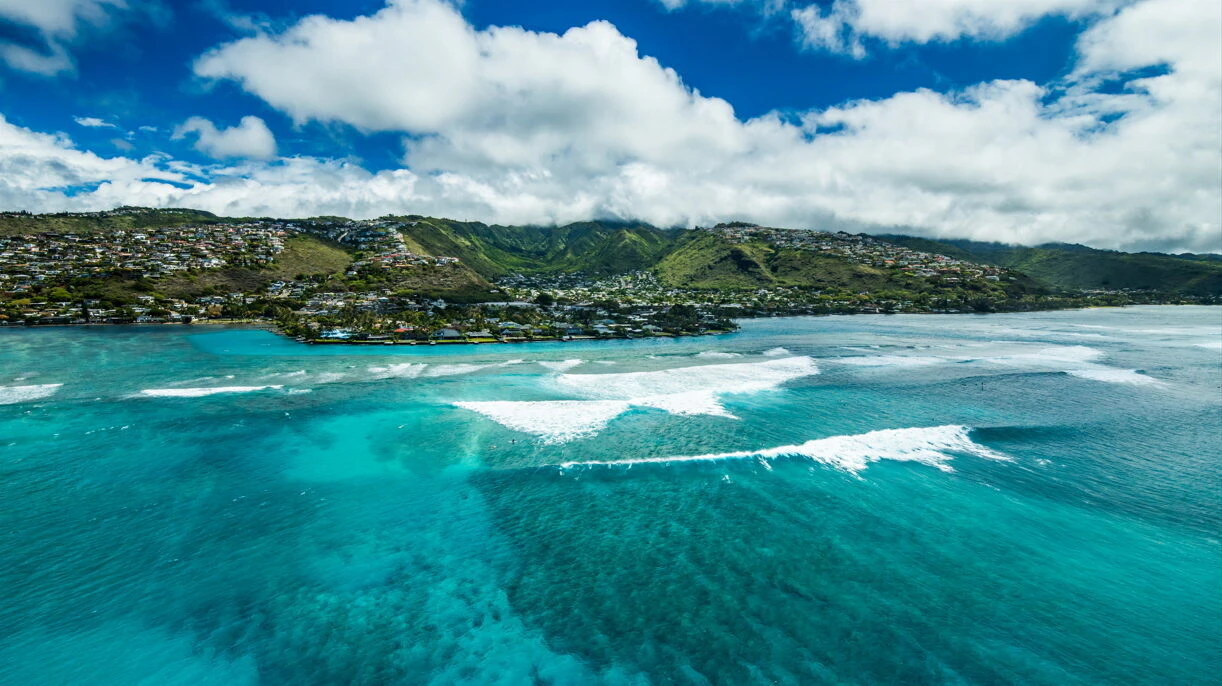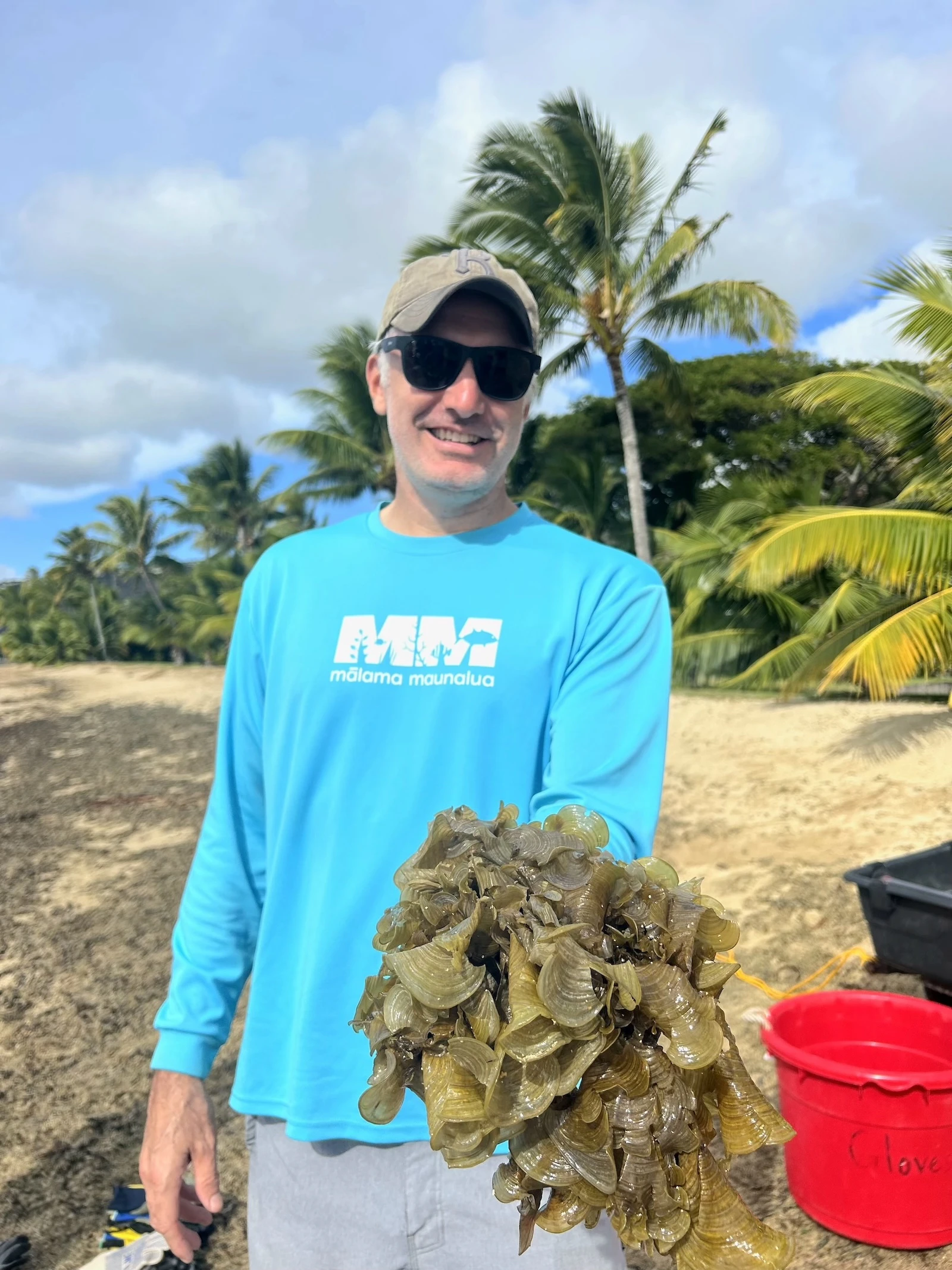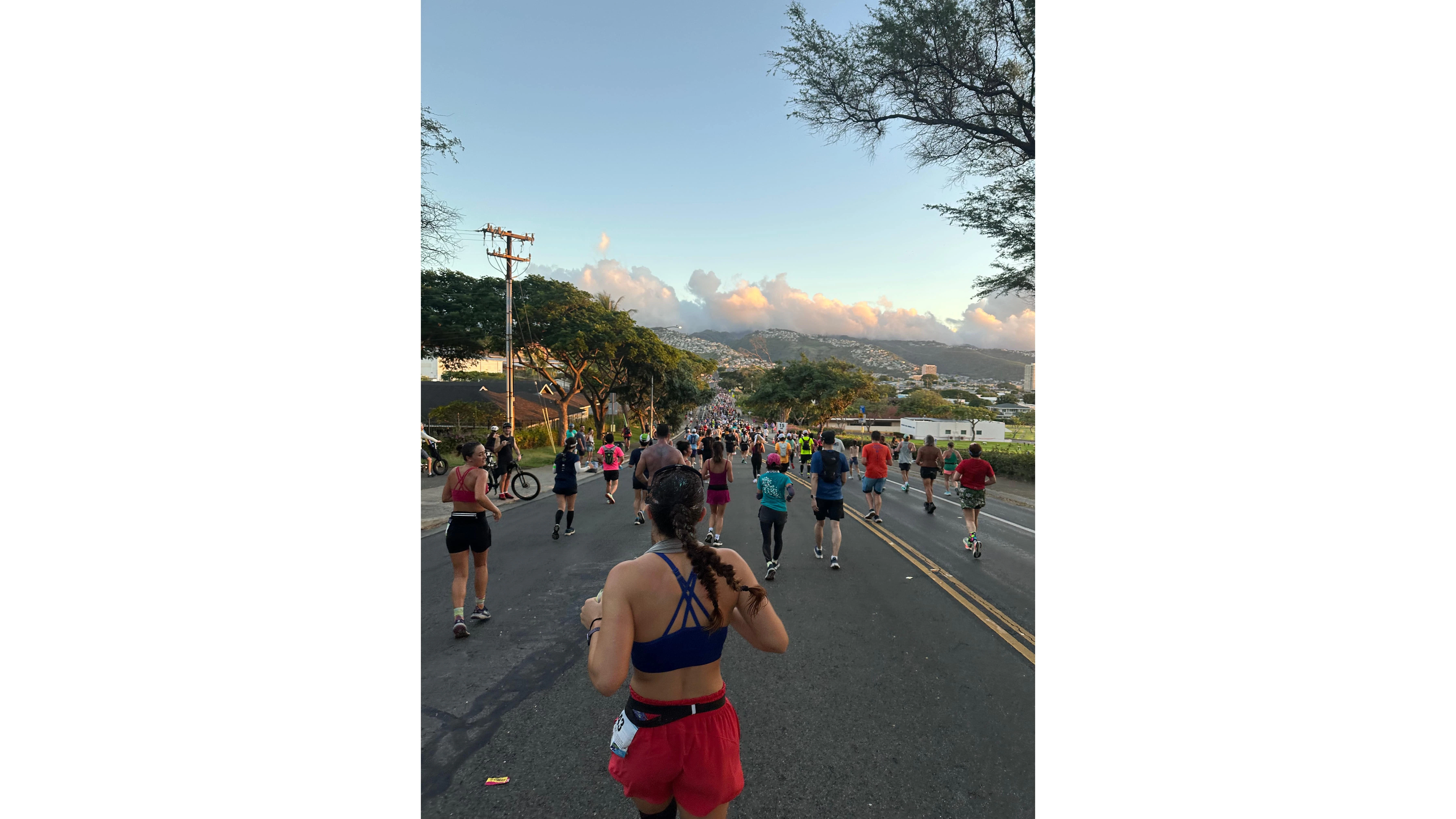Doug Harper joined nonprofit Mālama Maunalua in 2017, coming from a career with the National Oceanic and Atmospheric Administration, or NOAA.
“I wanted to be more on the ground and restoration was high on my to-do list,” he told Aloha State Daily.
Harper said he oversees an annual budget of $3.5 million, leading a team of six full-time and 14 part time staff members, in addition to thousands of volunteers and contractors, all working to restore more than 20 acres of Maunalua Bay on O’ahu.

“Our work is rooted in aloha ʻāina and powered by people," he said, adding that marine conservation, coral research and restoration is "about community, culture and legacy.”
Since 2005, the organization has achieved many milestones including:
- Securing an $8 million grant from NOAA for ridge-to-reef restoration across the region
- Stewarding 10 Maunalua watersheds and seven rain gardens to mitigate runoff
- Removing more than four million pounds of invasive alien algae and deploying 628 Pacific Oysters to help remove pollutants
- Planting 4,000 heat-resilient corals
- Supporting 2,700 green infrastructure programs for Oʻahu residents
- Preserving the long-term sustainability of Maunalua Bay through hands-on student education efforts and by establishing the bay as a Fisheries Management Area in January.
When ASD spoke with Harper last week, he had just received an email from one of his federal contacts that a grant for the nonprofit’s nearshore restoration project, Huki, had been cut. The program supports large-scale community events for removing invasive algae.

“It’s not the first time, unfortunately,” he said. “We rely heavily on private donors, and we have been fortunate in receiving federal funding in the past, but now there’s a lot of uncertainty.”
Harper added, “When we have a line of funding cut, our federal contact will let us know either that the funding has been frozen, or it’ll be outright, 'We don’t have the money anymore, consider this gone.’”
He said from there, it’s about “doing a hard look” at the scope of the project to keep “moving it forward on a shoestring budget, while also looking for those private and local government funders to help cover some of the gap.”
When asked what the organization’s biggest need is now, Harper said funding and volunteer support.
“Because the programs that are showing success are having to be pulled back or outright cut, that is a major concern. Having individuals, nonprofit foundations and local government step up is really important, so that all the resources that have been committed to us already, are not wasted."
His advice to someone new to the conservation field? “Be willing to listen – it’s a willingness to recognize that there are lots of different viewpoints and interests, and they aren’t necessarily less valid because they’re not yours.”
Leaving a legacy of impact in this neighborhood and beyond is Harper’s long-term goal for Mālama Maunalua.
“It’s been a very successful 20 years. We’ve gone from a concept that was hatched literally on a person’s lanai of the need to restore Maunalua Bay to a multi-million-dollar organization … as one of the leaders in conservation implementing cutting edge science.
“My hope is that people can mimic what our organization is doing in other regions to affect positive change.”
Visit malamamaunalua.org to learn more, and follow Mālama Maunalua on Instagram, Facebook, LinkedIn and X.
June is National Ocean Month. Know of other local ocean conservation nonprofits making a difference in their communities? Email kelsey@alohastatedaily.com.
Kelsey Kukaua Medeiros can be reached at kelsey@alohastatedaily.com.





